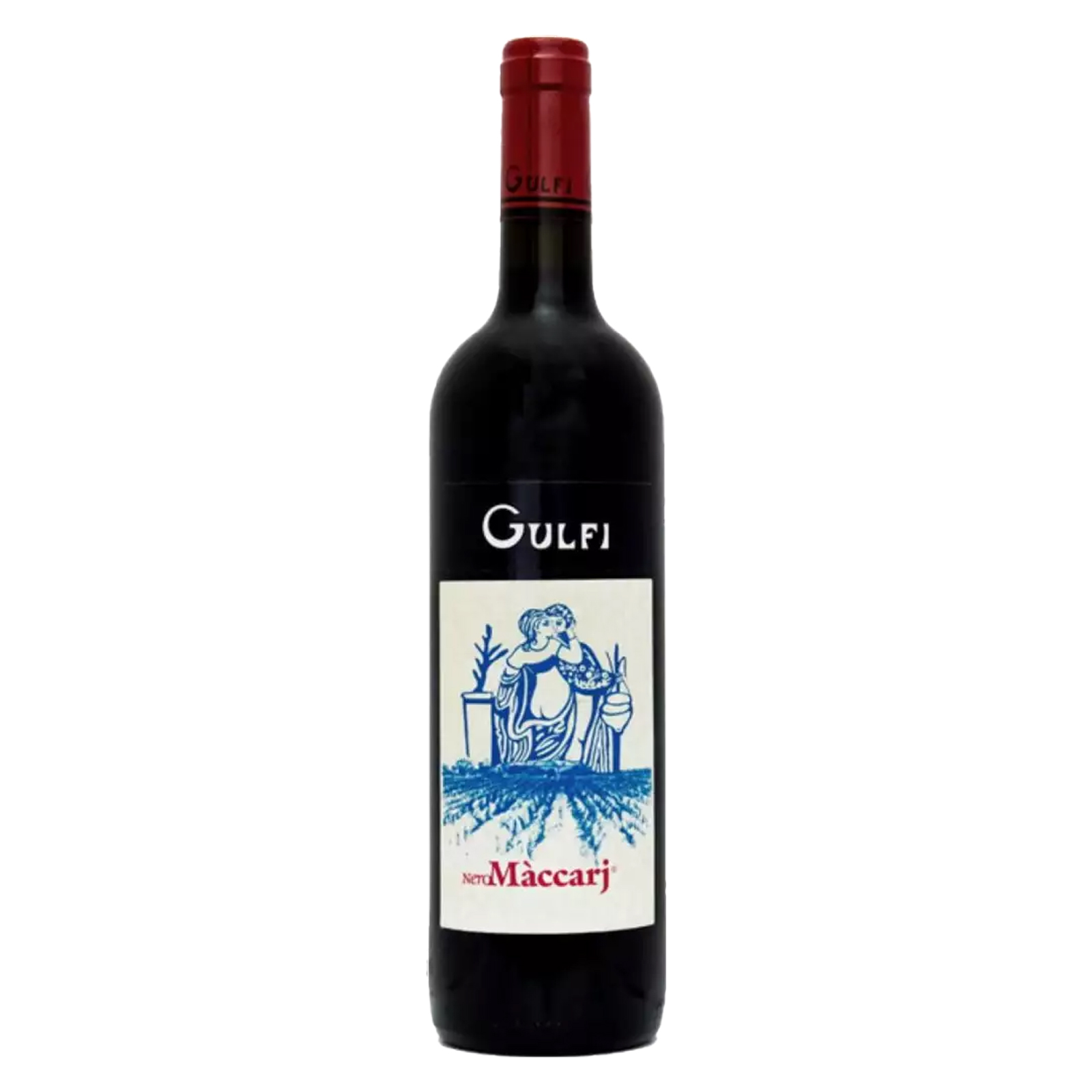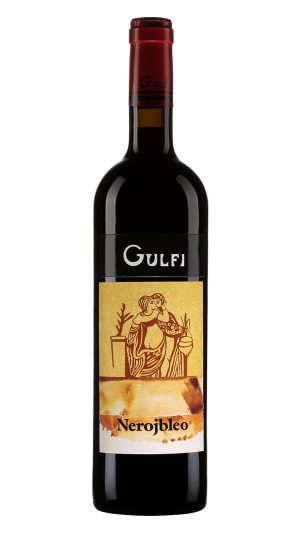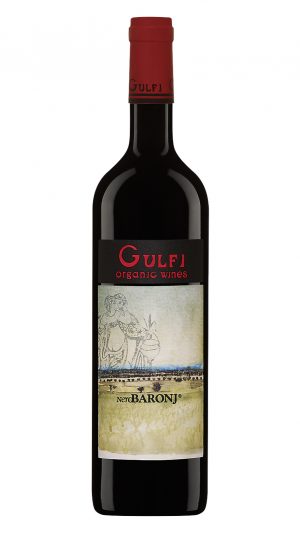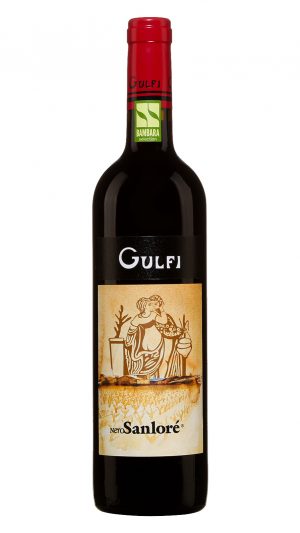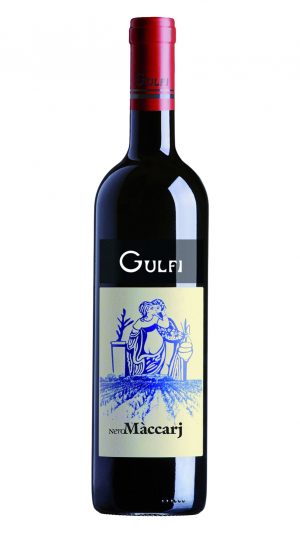Gulfi Pachino Maccarj Nero d’Avola 2018
Type: Red
Country: Italy
Region: Sicily
Grape Variety: 100% Nero d’Avola
Viticulture: Certified Organic
Climate: Temperate Mediterranean climate characterised by significant temperature variations
Terroir: Gulfi NeroMàccarj comes from one of the most famous vineyards in the Val di Noto area, in southeast Sicily. 3 hectares lying at 30 metres above sea level in clay-calcareous soils. These vines are over 35 years old and have a limited planting density of 7,000 strains per hectare
Winemaking: Nero d’Avola, harvested in the second half of September, starts fermentation into red wine through a long maceration on its skins. After alcoholic fermentation, malolactic fermentation takes place before the wine is poured in small, 500L barrels, where it matures for about two years, before further ageing horizontally in-bottle for at least 1 year
Color: Intense ruby red with violet hints
Nose: A complex, strong, nose full of red fruits and blackberry, with heady notes of sweet vanilla
Palate: The wine excites the palate with its balance, structure and fruity flavour. It is an elegant wine with a beautiful, long finish
About the Winery:
Established in 1996 by Vito Catania, Gulfi is founded on the principles of nurturing traditional vineyards with organic viticulture and vinifying in a non-intrusive way. Catania, with the guidance of the legendary Salvo Foti, has carefully selected vineyards around Pachino and Val di Noto, in Sicily’s extreme South East – the finest terroir for Nero d’Avola – to highlight the diversity of the site and the pedigree of variety.
Gulfi focuses primarily on Sicily’s emblematic grape, Nero d’Avola, and through it, articulates the territorial differences of their vineyards with an extensive range of ‘cru’ wines. From the pulpy and juicy Rossojbleo to the darkly nuanced Nerobuffaleffj, Gulfi captures Nero d’Avola in all its moods. In Addition to Nero d’Avola in purezza, they also produce the classic DOCG of Cerasuolo di Vittoria, and two whites, ‘Valcanzjria’, employing Chardonnay, Carricante and Albanello, and ‘Carricantji’, which is predominantly Carricante with a little Albanello.

